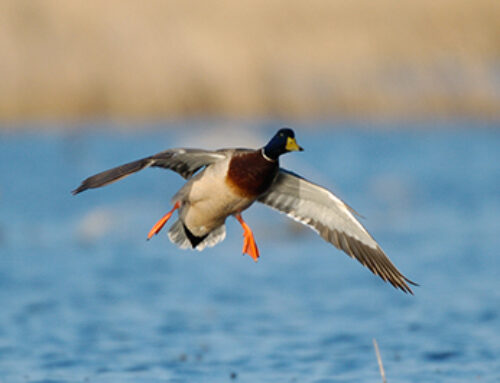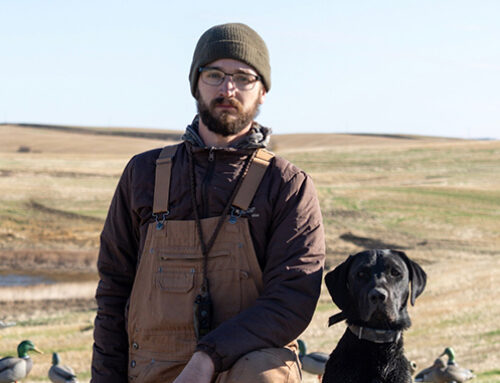National Survey Says 6% of Americans Hunt
Hunters spent $45.2 billion in pursuit of game animals in 2022

A new report released on Oct. 12 by the U.S. Fish and Wildlife Service shows that 14.4 million hunters aged 16 and over contributed $45.2 billion to the economy in 2022. The survey found that 6% of the U.S. population hunted, and they spent a combined 241 million days afield last year.
The 2022 National Survey of Fishing, Hunting, and Wildlife-Associated Recreation measures the participation and economic impact of outdoor activities in the United States.
“The National Survey is conducted every five years and provides definitive data on participation and spending on fishing, hunting, target shooting and wildlife-associated recreation,” said Chuck Sykes, president of the Association of Fish and Wildlife Agencies. “Outdoor recreation is one of our largest economic engines. It touches all Americans, from those living in small, rural towns to those living in bustling cities, and continues to be a powerful force in our nation’s economy.”
Overall, the survey put the total expenditures for wildlife-related recreation at $394.8 billion, which includes $144.6 billion for fishing and hunting.
Looking at the hunting portion of the survey, of the 14.4 million hunters, 2.8 million of them hunted migratory birds. The number includes dove hunters, and the survey did not segment respondents to only waterfowl hunters. Migratory bird hunters spent 23 million days combined, with an average of eight days per hunter.
The categories listed in the report under hunting are “big game,” “small game,” “migratory birds,” and “other animal.” An estimated 11.5 million hunters pursued big game such as deer, elk, bear, and wild turkey. Meanwhile, 5.3 million hunters took to the woods and fields for small game, defined as rabbits, squirrels, pheasants, grouse, and quail. About 2.3 million hunters sought other animals, such as raccoons, feral hogs, groundhogs, coyotes, and foxes.
According to the survey, 77% of hunters are male and 22% are females. The largest age segment of American hunters is 2.8 million people from 35 to 44, with 2.6 million hunters from age 55 to 64, and another 2.4 million age 65 or older. People aged 45 to 54 comprise 2 million hunters.
The survey found that 77% of hunters are white, 10% are black, 6% are Asian, and 12% are other races. Two million hunters in the United States are Hispanic.
Hunting participation rates are highest in area with smaller populations. In cities of more than 1 million or more people, about 4% hunt. In areas with 10,000 to 50,000 residents, hunting participation in 10%, while 8% of people who live in areas with 50,000 to 250,000 residents are hunters.
Based on household income strata, hunting participation registered 9% for incomes from $150,000 to $199,000, while only 4% of people with incomes less than $25,000 hunted. The median income of hunters is $59,000.
Of the $45.2 billion spent by hunters, $19.3 billion, or 43% purchased equipment such as shotguns, ammunition, clothing, and other gear. Trip-related hunting expenses accounted for $12.3 billion, or 27%, while the remaining $13.3 billion procured hunting licenses, leases, and other expenses.
The report also says that 39.9 million people went fishing in 2022, spending $99.4 billion. In addition, 148.3 million people watched wildlife, including 96.3 million who enjoyed watching birds, either around home or on trips.
It should be noted that the 2022 survey methodology was revamped from previously surveys and the work was administered by a new provider, so comparisons to previous national survey results aren’t valid, according to the Association of Fish and Wildlife Agencies. The 2022 survey sets a new baseline for future comparison of trends. — Paul Wait






Leave A Comment